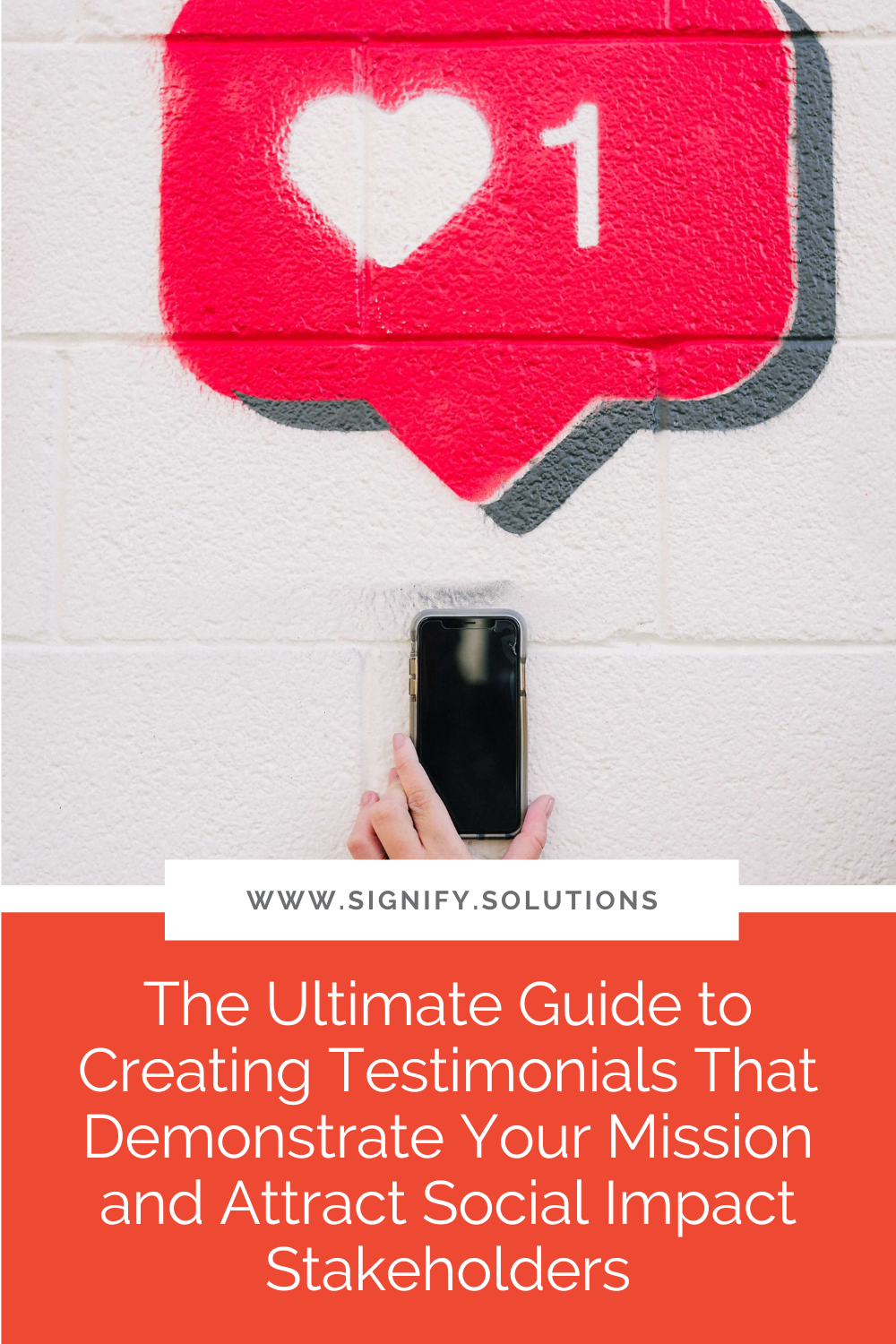There’s a reason why Amazon, Google, and Yelp reviews are so popular. We value the opinions of others, especially when we’re making decisions on whether or not to invest our time, money, or support into a product, mission, or organization.
Marketing your organization is vital, but what will really make it stand out is having stellar testimonials from real, enthusiastic people.
Gathering and utilizing strong testimonials can make a huge difference for your organization because they can turn potential customers, donors, or partners into dedicated stakeholders and avid fans.
That’s where this guide comes in!
You’re already a fantastic advocate for your organization on your own, but all the work doesn’t have to fall solely on you.
Building a library of powerful testimonials you can pull from will drive more supporters, customers, volunteers, and partners to your organization—and help spread your mission even further.
With this ultimate guide, you’ll learn more about…
The best questions to ask to get the most useful testimonials
Great testimonials start with great questions. If you’re wondering how to get your customers, donors, volunteers, and partners to provide thoughtful and valuable testimonials that showcase the strengths of your organization, this guide is chock full of sample questions and pro tips.
The different types of testimonials and how each may benefit you
Whether it be a written testimonial in the form of a Q&A, a short story, or a video testimonial, different formats can work better for different businesses, initiatives, or platforms.
How to make the most of your testimonials
Once you have them, you have to use them! Your testimonials should become an integral part of your marketing strategy and be displayed in multiple spots. These gems are proof that your organization changes lives and makes a positive impact, so share them every chance you get.
Examples of strong testimonials
To give you a teaser of what you can expect to see in this guide, here are a few sneak peek examples:
If you’re a nonprofit, draw inspiration from this video from Habitat for Humanity, which highlights a volunteer’s experience. Or, take a look at how SERV International uses a short story format to tell the story of Rebecca, a young woman directly impacted by their work and mission.
If you’re a for-profit, see how Thrive Cosmetics uses a real customer video to demonstrate the benefits of one of their products. I also have client testimonials for Signify showcased on my Instagram, my website, and via email blasts.
This is just the tip of the iceberg of all you can learn about creating and showcasing testimonials.
The work you do is important, and this guide gives you the tools you need to create testimonials that demonstrate your impact and attract new stakeholders to your cause.
Though the process of asking for testimonials can seem intimidating, the benefit of having strong first-hand accounts advocating for your organization will amplify your efforts, your voice, and your mission.
Grab your guide here:
The Ultimate Guide to Creating Testimonials That Demonstrate Your Mission and Attract Social Impact Stakeholders
PIN THIS POST FOR LATER:
I'm Kristi Porter, and I started Signify to help small nonprofits and for-profits with a social mission get noticed and grow through effective marketing and communications. I also teach solopreneurs and small businesses how to incorporate philanthropy and giving strategies. I believe that cause-focused organizations like yours are the future of business. You're proof that companies can both make money and do good. And I'm here to make sure you focus and shine. When you succeed, we all win.




































